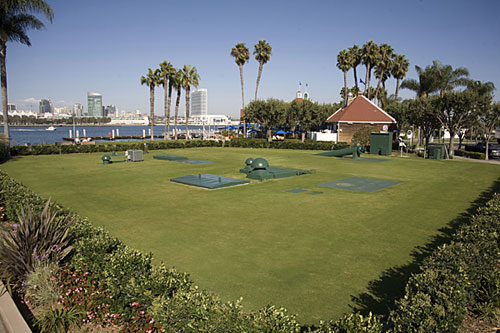Greening the Site: Design Options for Sustainability
After surveys conducted in 1986 and 1989 by the National Urban Tree Council found that "urban forests in…cities were in decline, with the average city losing four trees for every one planted," more scientific study was undertaken to determine what was the cause of this decline and to seek better methods for managing and maintaining urban forests. A 1991 follow-up survey of 20 cities revealed "the continued decline of city street trees, including the alarming statistic that the average life of a downtown street tree is just thirteen years." Based on these startling statistics, a nationwide effort was initiated by American Forests (formerly The American Forestry Association), to help communities inventory and reach recommended tree canopy goals for the United States. American Forests, a non profit organization with the intent to protect and restore forests around the world and known for programs such as Global ReLeaf, believes that "every city [should] set a tree canopy goal for their community…ensuring that their valuable green infrastructure is maintained at minimum thresholds, even as the community continues to develop."
 |
Coronado Island pump station uses plantable pavement as a park. Photo: SOIL RETENTION |
Since that 1991 survey, American Forests has conducted 40 additional inventories, now called Urban Ecosystem Analyses, to determine a baseline for what they believe is a National Urban Tree Deficit. Today the reference is to ecosystems rather than just forests, with trees the primary indicator of ecosystem vigor. This deficit reflects ecosystem degradation, from air quality, water quality, and other factors common in our urban environments. After having measured the loss of trees in cities, the deficit reflects the number of trees needed to reach conservation goals set by the group to restore urban ecosystem health. To help communities calculate tree canopy cover, American Forests developed comprehensive software using comparative aerial photos and historical data.









